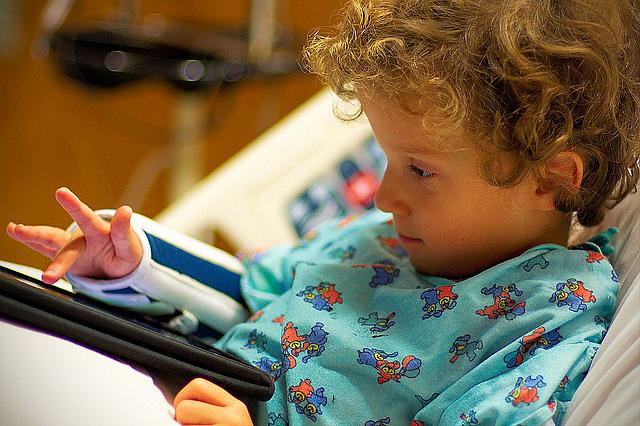Want to know about medical mistakes? Talk to the parents.

As someone who has spent quite a bit of time as a visitor at a hospital recently, it quickly struck me just how many doctors, nurses, assistants, orderlies, therapists and nutritionists eventually become involved in a complex case. One is barely gone before another pops through the doorway, each on his or her own mission. And despite the sea of records, their need for information and updates is constant — each typically knows part of the patient’s story, rarely the whole.
In such cases, it’s usually a family member or close friend — the advocates — who’ve absorbed all the little details, twists and back stories behind their loved one’s current plight — and in a way that a rotating squad of doctors and nurses simply can’t, with their full panels and strained time. No one observes half as much detail as the mom or son or sister-in-law keeping vigil bedside. It’s no surprise they’re often the first to catch lapses in care or protocol.
That point is echoed by new research that looks at how often parents are catching medical errors when their child is hospitalized. The study, published in JAMA Pediatrics, looked at survey responses from 383 parents at a Boston children’s hospital in which they were asked “whether their child experienced any safety incidents during hospitalization.”
About one in 11 families surveyed reported a problem, with a total of 37 safety incidents. Of those, nearly two-thirds were deemed “medical errors” when physicians reviewed them, and another quarter were labeled “quality problems.” And 30 percent of the errors caused preventable harm. Parents were often the only source of information on the lapses, with the study noting that “many were not otherwise documented in the medical record.”
The errors reported by parents included “an infection caused by a prolonged unused intravenous catheter; a staff needle-stick injury requiring the child to have additional blood drawn for testing; and an inadequately dressed wound that became saturated with stool,” the study reports.
In short, the study found that parents were reporting legitimate medical mistakes at a fairly high rate, and they were often the only ones doing so, based on the medical records. (Requisite caveat: It’s one small study at one hospital, with well-educated English-speaking parents — mileage may vary elsewhere.)
Anyone who has covered the patient safety beat knows that medical errors are a big deal. A widely cited 1999 IOM report estimated that between 44,000 and 98,000 patients die in the United States every year because of such errors. More recent estimates say that the number of deaths from preventable harm could be more than 400,000 annually.
Regardless of the exact count, that’s a huge number of preventable deaths. There’s a vast literature out there on what should be done to lower those numbers, but in the context of this latest study, many of the parents fingered “communication failures” as leading to the mistakes. Lively dialogue between doctors and nurses is obviously the first-line defense, but even with well-trained staff drilled on communication, no one has a better seat than family when it comes to sniffing out overlooked details and missteps. As the study notes:
Parents are frequently at their child’s bedside and are typically actively engaged in their child’s care, both inside and outside the hospital. At home, they are often responsible for administering medications and typically have intimate knowledge of their child’s doses and allergies. A parent who notices a nurse drawing up a larger volume of a medication than the child receives at home, for instance, may be able to intercept a potential overdose.
Journalists already know families are an invaluable source when it comes to reconstructing what went wrong at the hospital. If hospitals took an equal interest in what they had to say, some of these mistakes could no doubt be headed off at the pass. After all, very little escapes the watch of a worried mother nestled day and night next to her unwell little one.
[Photo by Philip Dean via Flickr.]

